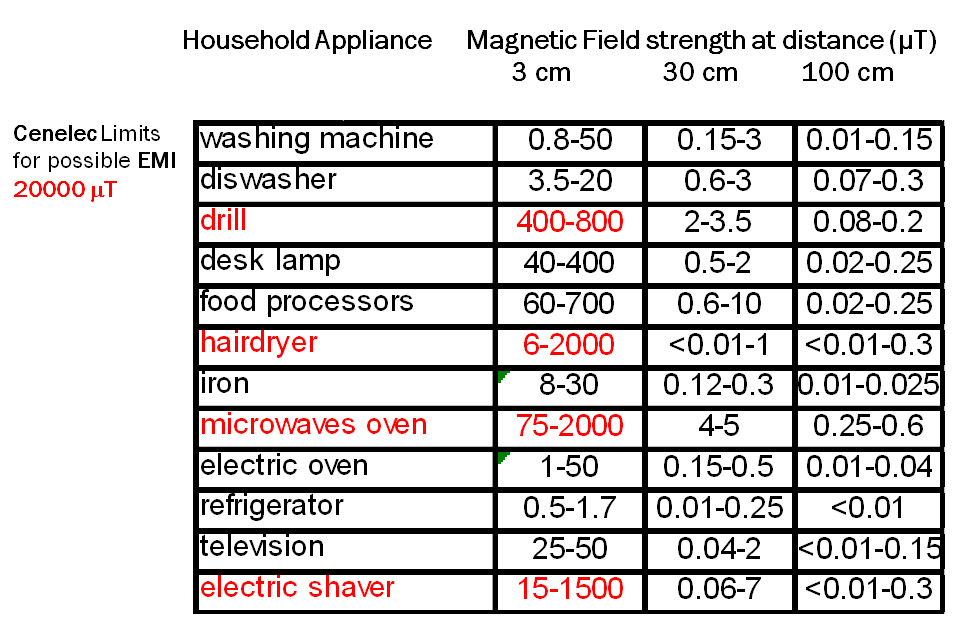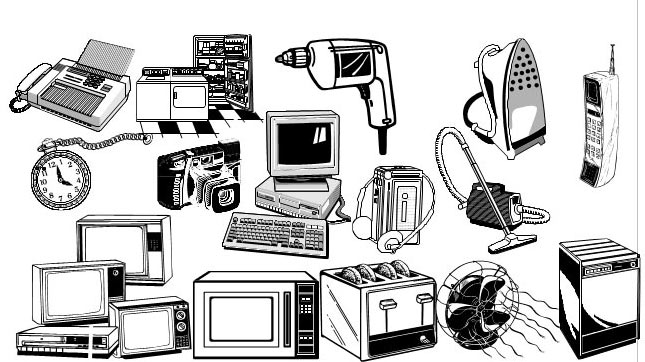The heart rhythm
Take care your heart
Learn more
Learn with us
Electromagnetic Interferences (EMI) are transient or permanent changes of CIED function due to an electric or magnetic field whose strength exceeds the threshold for detection of the intrinsic signal into the device.
CIED are really sensitive to EMI, as they process electronic signals. It is not possible to shield any patient from electro-magnetic fields arising in the environment. Thus, for any given electronic tool it is important to know what is the maximum amplitude of the induced electromagnetic signals to understand whether they may represent a potential source of EMI for a CIED carriers. Potential sources of EMI are most commonly found in the Hospital, less frequently in the external environment.
In-Hospital sources of EMI
- use of the electrocautherium
- TENS, electromyography, DC shock cardioversion of arrhythmias, RF ablation of cardiac arrhythmias
- Radiotherapy
- Magnetic Resonance scanning (MR)
Group 1 and 2 procedures can be effectively carried out at no risk for the patients and at no harm for the implanted CIED by following a specific protocol, whereas group 3 and 4 pose a small risk. Radiotherapy may progressively damage the circuitry by radiation energy and heating (the effect is cumulative), and may also precipitate premature battery depletion. Devices should be inspected every 2-3 radiotherapy sessions to ensure proper functioning. MR scanning can be safely undertaken by carriers of devices specifically manufactured for this purpose, whereas it poses unpredictable risks for all the others devices. Unwanted effects may be loss of device/lead function (high risk for pacemaker-dependent patients), and burns of the cardiac muscle in the area surrounding the lead tip.
A specific risk is associated to Lithotripsy (treatment of urinary stones by extracorporeal shocking waves, or treatment of tendons and muscle calcifications). Beyond EMI, the mechanical energy being focused on stones/calcifications may damage the ceramic supporting the device circuitry, causing permanent loss of function. Focusing the beam at least 20 cm apart from an implanted CIED is sufficient to prevent such a harmful event. Abdominal device placement and treatment of shoulder calcifications are the situations at risk of such an interaction.
Household appliances usually beget electro-magnetic fields far smaller then the threshold value for a possible EMI with CIED. Battery-operated or properly grounded household appliances do not pose a relevant risk of EMI to CIED carriers when working according to manufacturers recommendations.
For an estimate of the magnetic field strength produced by commonly used household appliances and other electronic tools, please refer to the table below.

No specific precaution is needed to use the tools reported in the figure below.

In the external environment one might encounter potential EMI sources. Follow these additional precautions:
- Use mobile phones (GSM or UMTS technology) keeping a 10 cm distance between phone and CIED
- Anti-theft systems: cross the system swiftly in the middle. Do not lean against the system, and avoid standing in the neighbourhood
- Airport metal detectors: cross the system swiftly in the middle. Avoid wand scanning, ask for manual inspection. If needed, provide the CIED card supplied by the manufacturer or by the implanting centre. An informative letter to the airport staff can be supplied.
Keep a 20 m distance from high voltage pipelines
